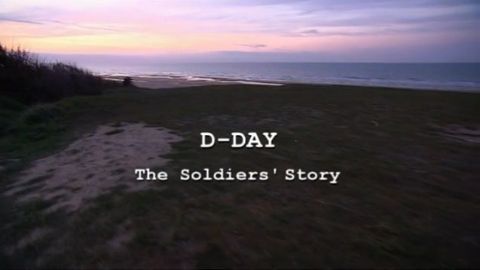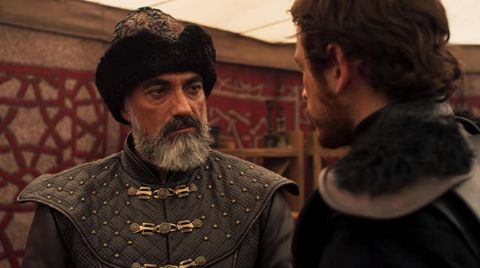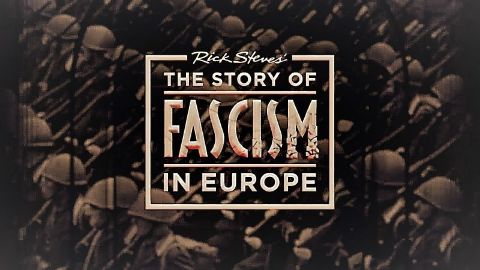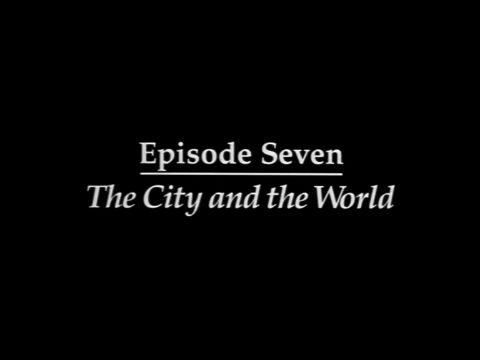The Last Battle of the Vikings • 2012
Nowhere in the British Isles was the Viking connection longer-lasting or deeper than in Scotland. Hundreds of years after their first hit-and-run raids, the Norsemen still dominated huge swathes of the country. But storm clouds were gathering. In 1263 the Norwegian king Haakon IV assembled a fleet of 120 longships to counter Scottish raids on the Norse Hebrides. It was a force comparable in size to the Spanish Armada over three centuries later. But like the Armada, the Norse fleet was eventually defeated by a powerful storm. Driven ashore near present-day Largs, the beleaguered Norsemen were attacked by a Scottish army. The outcome of this vicious encounter would mark the beginning of the end of Norse power in Scotland. Marine archeologist Dr Jon Henderson tells the incredible story of the Norsemen in Scotland. Visiting fascinating archeological sites across Scotland and Norway, he reveals that, although the battle at Largs marked the end of an era for the Norsemen, their presence continued to shape the identity and culture of the Scottish nation to the present day.
Make a donation
Buy a brother a hot coffee? Or a cold beer?
Hope you're finding these documentaries fascinating and eye-opening. It's just me, working hard behind the scenes to bring you this enriching content.
Running and maintaining a website like this takes time and resources. That's why I'm reaching out to you. If you appreciate what I do and would like to support my efforts, would you consider "buying me a coffee"?
Donation addresses
BTC: bc1q8ldskxh4x9qnddhcrgcun8rtvddeldm2a07r2v
ETH: 0x5CCAAA1afc5c5D814129d99277dDb5A979672116
With your donation through , you can show your appreciation and help me keep this project going. Every contribution, no matter how small, makes a significant impact. It goes directly towards covering server costs.





